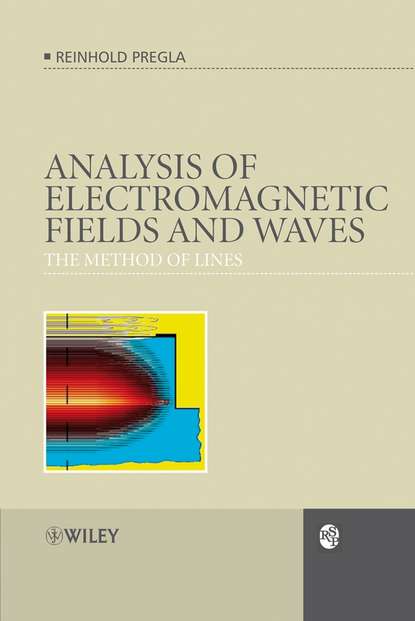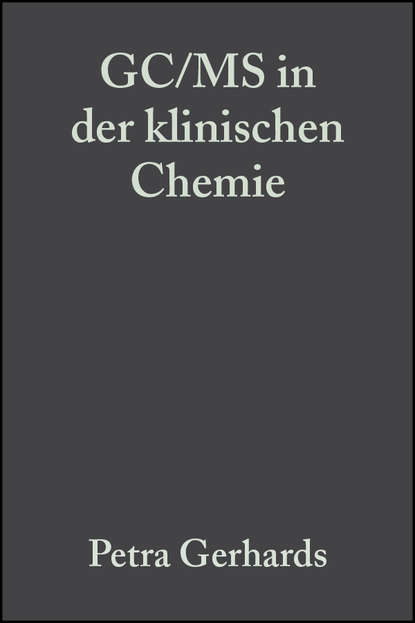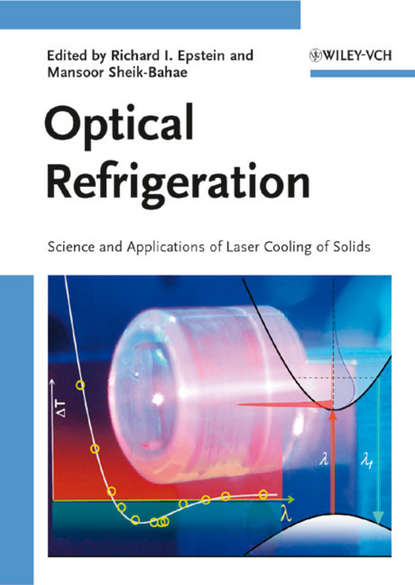Книга "Analysis of Electromagnetic Fields and Waves" описывает метод численного решения уравнений в частных производных (УЧП) для электромагнитных полей и волн. Метод линий (MOL), рассмотренный в книге, позволяет получать точные решения УЧП, приводя их к системе обыкновенных дифференциальных уравнений, которые затем решаются с помощью стандартных методов численного интегрирования. Основное преимущество MOL заключается в том, что алгоритмы анализа следуют за физическим распространением волн и потому являются эффективными. Этот метод представляет собой очень точный и мощный способ анализа электромагнитных волн, позволяя получать полные решения без вычислительной сложности чистых методов конечных элементов или конечных разностей.
Автор книги, Райнхольд Прегла, описывает общие принципы анализа электромагнитных полей и волн, а также применение MOL в микроволновых, миллиметровых и оптических диапазонах частот. Он также вводит обобщенные уравнения передачи (GTL) для всех ортогональных координатных систем и материалов произвольной анизотропии в качестве общей отправной точки.
В книге описывается уникальный принцип анализа с помощью численно устойчивого преобразования импеданса/адмиттанса и физического приспособленного преобразования поля, который также полезен для других алгоритмов моделирования. Книга включает главы о расчете собственных мод для различных волноводов, конкатенации и соединениях произвольного количества разных секций в сложных устройствах, периодических структурах (например, брэгговских решетках, меандровых линиях, резонаторах клистрона, фотонных кристаллах), антеннах (например, круглых и конформных).
Эта книга позволит практикующим специалистам в области электромагнитных полей и волн получать более точные решения, а также будет полезна аспирантам в областях фотоники, микро- и миллиметровых волн, общей электромагнетике, например, микроволновых интегральных схемах, антеннах, интегрированных и волоконно-оптических устройствах, оптоэлектронике, нанофотонике, микроструктурах и искусственных материалах.
Methods-Of-Lines toolbox makes it possible to obtain numerical solutions of partial differential Equations that occur in dynamic or static problems in Science and engineering. Their essence devolves into a skelection of differential equations executable through standard computational methods. An enormous benefit of the method is the physical emphasis of wave propagation in order, making these strategies very efficient. They work by encoding fields in discrete lines in Generalized Transmission Line (GTL). There is a dependence on well-known transmission line theories, which provides a straightforward process. The concept was found to be both accurate and reliable when analyzing electromagnetic waves, allowing for entire wave characterization without conducting computational exhaust from core finite element techniques. Reinhold Pregl comprises an intensive and concise method to clear up electromagnetic waves in this work. Inside this text, Format windows for understanding the fundamental principles of electromagnetic fields are highlighted. Applications stretch from microwave to millimeter wavelengths and light frequencies. A unified output is established with the application of Generalized transmission Line (GDL) equations suitable for orthogonal coordinate systems, always beginning with arbitrarily fragile materials. These guidelines introduce a continuous analytical plan with efficient calculable endorsements such as realistic impedance and permeability transformations and physically-sensible field modifications, concepts that are likewise useful for developing alternative modelling algorithms, Likely entities included in content coverage are Eigenevaluation of various wave guides, treatment of composites and junction zones in numerous different waves, illumination of periodic geometries, horns (diour, govern firm) and matrical motifs, and antenna characteristics (circular and follow). The message provides prospects to accurately resolve partial differential models in different isolation practices benefiting from practical ways. Alternately, a website foundation is provided with written add-ins for Matlab© codes for specific job-oriented problems.
Электронная Книга «Analysis of Electromagnetic Fields and Waves» написана автором Группа авторов в году.
Минимальный возраст читателя: 0
Язык: Английский
ISBN: 9780470058510
Описание книги от Группа авторов
The Method of Lines (MOL) is a versatile approach to obtaining numerical solutions to partial differential equations (PDEs) as they appear in dynamic and static problems. This method, popular in science and engineering, essentially reduces PDEs to a set of ordinary differential equations that can be integrated using standard numerical integration methods. Its significant advantage is that the analysis algorithms follow the physical wave propagation and are therefore efficient. This is because the fields on the discretisation lines are described by generalised transmission line (GTL) equations. With this formulation we have a connection to the well known transmission line theory and resulting in an easy understanding. The method of lines is a very accurate and powerful way to analyze electromagnetic waves, enabling a full-wave solution without the computational burden of pure finite element or finite difference methods. With Analysis of Electromagnetic Fields and Waves, Reinhold Pregla describes an important and powerful method for analyzing electromagnetic waves. This book: Describes the general analysis principles for electromagnetic fields. Includes applications in microwave, millimetre wave and optical frequency regions. Unifies the analysis by introducing generalised transmission line (GTL) equations for all orthogonal coordinate systems and with materials of arbitrary anisotropy as a common start point. Demonstrates a unique analysis principle with the numerical stable impedance/admittance transformation and a physical adapted field transformation concept that is also useful for other modelling algorithms. Includes chapters on Eigenmode calculations for various waveguides, concatenations and junctions of arbitrary number of different waveguide sections in complex devices, periodic structures (e.g. Bragg gratings, meander lines, clystron resonators, photonic crystals), antennas (e.g. circular and conformal). Enables the reader to solve partial differential equations in other physical areas by using the described principles. Features an accompanying website with program codes in Matlab© for special problems. Analysis of Electromagnetic Fields and Waves will appeal to electromagnetic field practitioners in primary and applied research as well as postgraduate students in the areas of photonics, micro- and millimetre waves, general electromagnetics, e.g. microwave integrated circuits, antennas, integrated and fibre optics, optoelectronics, nanophotonics, microstructures, artificial materials.



















